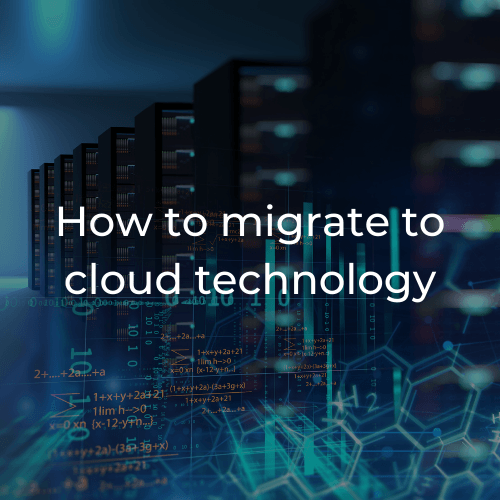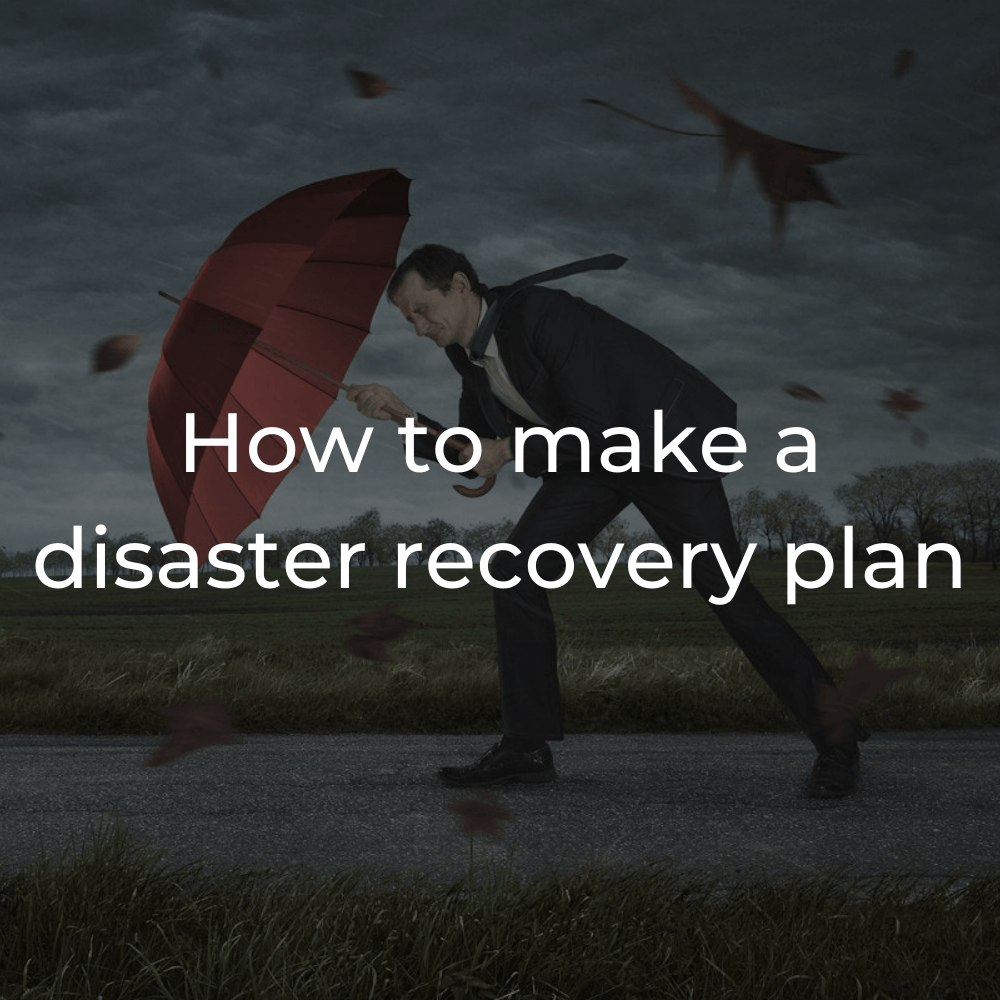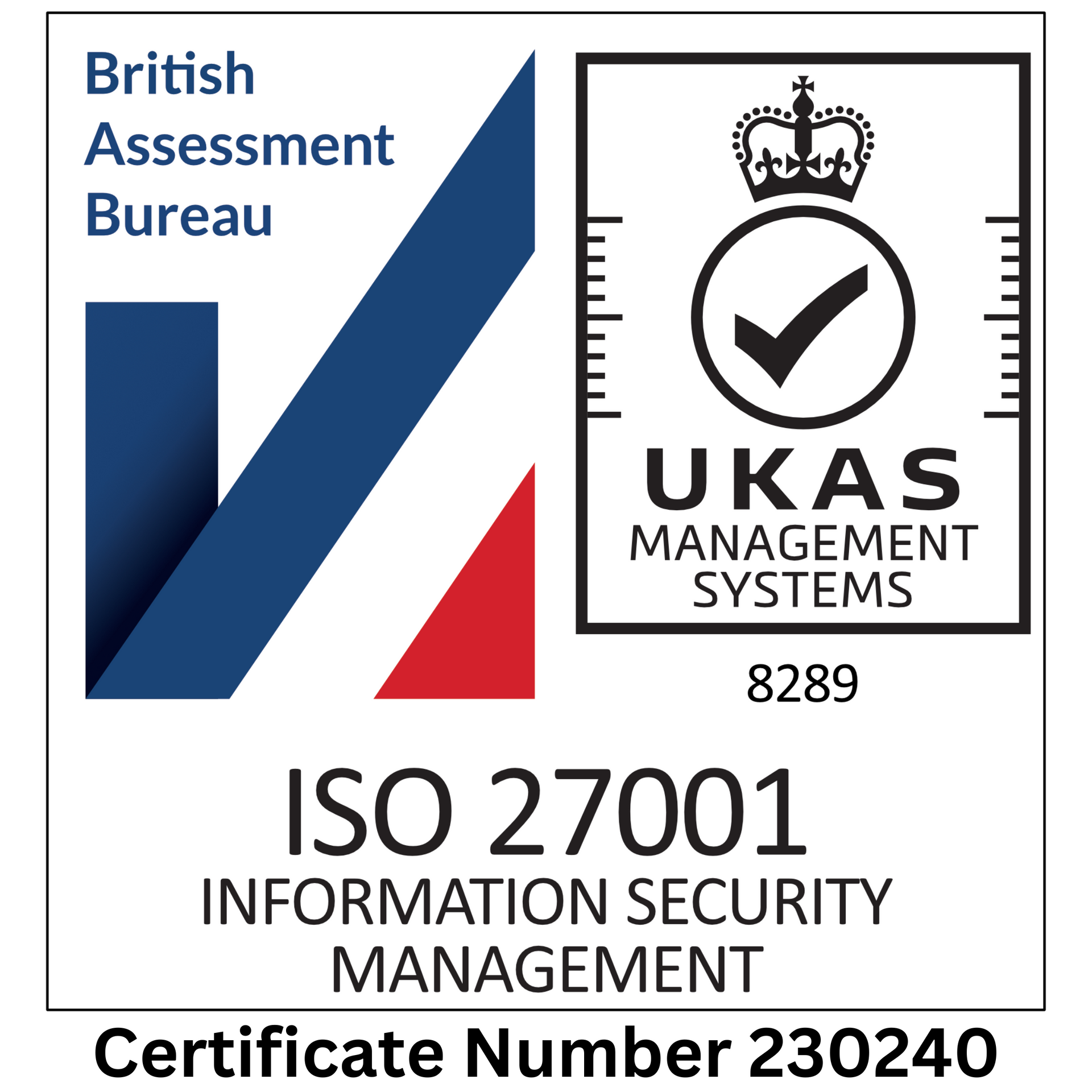How to build a disaster recovery plan
Knowing how to build a disaster recovery plan is vital for any company, as a massive business interruption could spell doom!
Data loss can be chilling and has serious financial implications, yet, 75% of small businesses have no disaster recovery plan in place...
The irony is, that the word Cloud sounds light, fluffy and transitory. When in fact it could well be the solid foundation that saves your business. Understanding its value is central in knowing how to build a disaster recovery plan.
Before we get into the steps involved in securing your business future, and how the Cloud rescues you from catastrophe, let’s be clear that this does affect you!
It’s easy to think your company is safe from the sort of things that can bring other ventures to their knees. However, disasters can happen to the brightest, best and most well-prepared organisations.
A gloomy hypothesis
To test out our gloomy hypothesis, try searching on Google for the worst things that can happen to a business and recent disasters. One of the most recent examples we found was a 'devastating' fire at the Head office of a baby gifts business in Northampton. Do you think those terrible floods in Europe bypassed local businesses?
Then, there’s the ever-present threat of cybercrime. According to the Government’s Cyber Security Breaches Survey 2021 in the past 12 months four in every ten businesses have experienced a substantial data loss. A quarter of all charities have faced a similar disaster. Let’s just consider this too, data loss is the biggest killer of companies. Estimates suggest a horrifying 60% of small and medium-sized businesses fold within six months of a major data breach or cyber crime attack.
Even the big names are not immune. The mighty Facebook found itself on the receiving end of a
$5 billion fine in 2019, due to privacy lapses. Clearly, there's no room for complacency!
Some scary statistics...
93%
93% of companies without a Disaster Recovery Plan who suffer a major data disaster are out of business within one year.
96%
96% of companies with a trusted backup and disaster recovery plan were able to survive ransomware attacks.
50%
More than 50% of companies experienced a downtime event in the past five years that longer than a full workday.
90%
90% of businesses without a disaster recovery plan will fail after a disaster, thus demonstrating how important it is to act now.
Statistic sources from Touche Ross
(Now Deloitte)
How to build a disaster recovery plan.
Contemporary organisations rely on the availability of massive amounts of data, and access to software that’s bespoke to their needs. Meaning the biggest disaster you will face as a company will always be having those resources unavailable for any length of time – or worse still wiped out entirely.
This is why step one is to understand what Cloud disaster recovery (Cloud DR) means.
In a nutshell, you can protect your business if you use a tailormade combination of services and strategies to place your operations in the Cloud.
This would include things like regularly backing up your data into Cloud storage, and using the services of a Cloud tech firm to provide extra layers of cybersecurity.
It couldn’t be more obvious really. If you have migrated to the Cloud, and the worse does happen, you can have all your essential business information and systems back online swiftly, and securely. Your Cloud provider makes it incredibly easy to avoid severe (and potentially catastrophic) business interruption.
One of the advantages of Cloud Disaster Recovery strategies are that they still work even if the disaster you encounter is not confined to your business premises. For example, say you are using a local server to hold your business systems and data, but it’s THAT building that suffers a fire, flood or major tech malfunction. You lose everything.
Using Cloud Disaster Recovery protocols avoids such risks.
Also, having a second data centre can prove costly, compared to finding a Cloud DR provider who is accessible and ready to respond 24 hours a day.
Decide how you want it to work
The next step in setting up a disaster recovery plan is to decide your primary objectives. You have three choices for how this will work in practice.
Data storage and recovery from the Cloud.
This is the most fundamental way to protect your business and keep trading when you hit major problems. It involves backing all data up onto Cloud systems, and then being able to retrieve that data from low-cost storage providers, to get back to work.
The biggest problem with this option is, what if your hardware, whole head office or server are out of action?
Disaster recovery to virtual systems
This Cloud Disaster Recovery option involves backing up data on-premises, but using virtual operating systems supported by Cloud technology. In effect, you are buying into IT and databases that operate on the Cloud, and that you can use wherever and whenever you need them. The loophole with this approach is that it relies on data being held at your company, which you backup and use virtually. It can still leave you facing a major data breach, that seriously interrupts your ability to get back to normal quickly.
Cloud to cloud disaster recovery
As you may already have guessed, this combines both of the above. It is the ultimate answer to How to build a disaster recovery plan. Your data is stored on the Cloud, and your operating systems are also Cloud-based.
Having both data storage and business operating infrastructure based on Cloud technology is an investment. However, it’s one that can bring a superb ROI if the worse does happen. Whatever the catastrophe, you can be up and running again as a company with very little disruption.
Options within Cloud Disaster Recovery plans
The above is a general overview of how the Cloud can save your business. This is such an advanced area of technology, that Cloud DR services are now structured to match your business needs specifically. You can vary the support you get along various parameters, such as whether you want your virtual operating systems on ‘standby’ or permanently working in tandem with your physical devices. Also, do you also want VoIP technology, so you can continue to make phone calls when your landlines are out of action?
To set up this Disaster Recovery service to the level you want, there are things you need to ask a Cloud DR provider. First, what is their proposal to support your business recovery and health? Also, what are the costs and how would their service be administered? What software do they recommend, and on what basis? Keep in mind that timing is everything, so how quickly could they have your critical business systems fully operational? Also, look for a Cloud DR specialist who provides a good level of continuous IT support, and who talks to you in plain English!
To discuss this and any other questions about disaster recovery plans, speak to an expert today.
*We may contact you to let you know about what’s going on at Yoozoom. This can be anything from the latest product innovations to exclusive deals and future events. Remember, you can always opt out later.
Don't become another disaster recovery statistic










